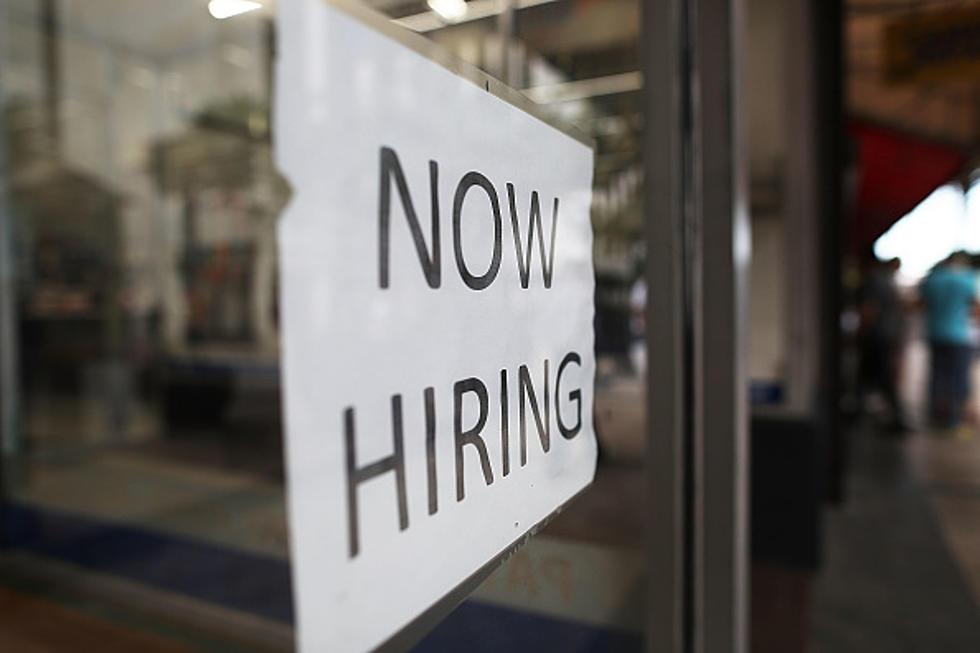![The 10th Anniversary of the 2009 Ice Storm [PHOTOS]](http://townsquare.media/site/76/files/2019/01/ice-storm-three-billy-hardin.jpg?w=980&q=75)
The 10th Anniversary of the 2009 Ice Storm [PHOTOS]
Sometimes it feels like the further away we get from the 2009 ice storm, the further away we DON'T get. Somehow it seems like it will always feel like it JUST happened.
This is the most crippling weather event I've ever experienced. And, in all fairness, I wasn't without power for very long at all.
But we are a community here. And I was feeling it for everyone involved. Everyone who was without power for weeks on end. Everyone who couldn't get out for whatever length of time.
Several years ago, the ice storm topped my list of the worst storms I can remember. It has yet to relinquish its lofty position.
From the National Weather Service:
A catastrophic ice storm began across the area and lasted for 3 days. Life abruptly changed as a growing layer of ice dragged trees and power lines to the ground. Lights and heat went out for days and even weeks. Such basics as food, water, and gas were difficult to obtain. Lines for gas were hours long. Communication by phone was all but impossible, leaving only radio and satellite phones as options. Curfews were imposed at night to prevent looting and to allow recovery crews more space. For the first time, the entire Kentucky National Guard was deployed. Troops helped clear roads, maintain order, and provide for victims' needs. Utility companies reported remarkable damage to their systems: More than 145 miles of high-voltage transmission lines were down in southeast Missouri, and 20 percent of one utility company's system was rebuilt. Shelters quickly filled with hundreds of cold and hungry storm victims. Scarred trees would mark the landscape for years to come. Cleanup of debris would last into the following summer. By late in the evening of January 27th, over 90 percent of southwestern Kentucky was without power. By February 4th, power was restored to most residents of cities. However, some rural areas in the hardest hit areas of western Kentucky and extreme southeast Missouri were still facing weeks without power. Trees fell on homes and cars. Numerous trees and power lines blocked roads and caused a major travel hazard in the days following the storm. There were at least fourteen fatalities either directly or indirectly related to the storm. Kentucky Governor Steve Beshear stated 'The biggest natural disaster in modern Kentucky history'. Preliminary damage estimates were in the neighborhood of one-half billion dollars in the Paducah National Weather Service forecast area. There were 14 know fatalities either directly or indirectly related to the storm in western Kentucky and southeast Missouri.
I spoke with Eyewitness News Chief Meteorologist Wayne Hart who recalled freezing rain on the afternoon and evening of January 26th as the shot across the bow of what was to come.
In fact, we kept getting that freezing precipitation right up through the pre-dawn hours of the 27th. It died down then picked back up that afternoon when it was mixed with sleet.
By the early morning hours of January 28th, it was all snow and, really, the damage had been done, so to speak.
Wayne said the fact that we experienced two solid days below freezing before the event began was a chief reason for its intensity.
He also told me it usually takes about a quarter inch of ice to merit an ice storm warning. Owensboro received a full inch of the stuff, with points south getting up to two inches of ice.
Devastating. Debilitating.
We've seen just about everything here in the tri-state, up to and including a hurricane.
But, for me, the ice storm takes the cake...MINUS the icing, if you please.
More From WOMI-AM


![How Owensboro Became the BBQ Capitol: A History of Owensboro in 30 Seconds or Less [VIDEO]](http://townsquare.media/site/76/files/2019/01/bbq-history.jpg?w=980&q=75)






